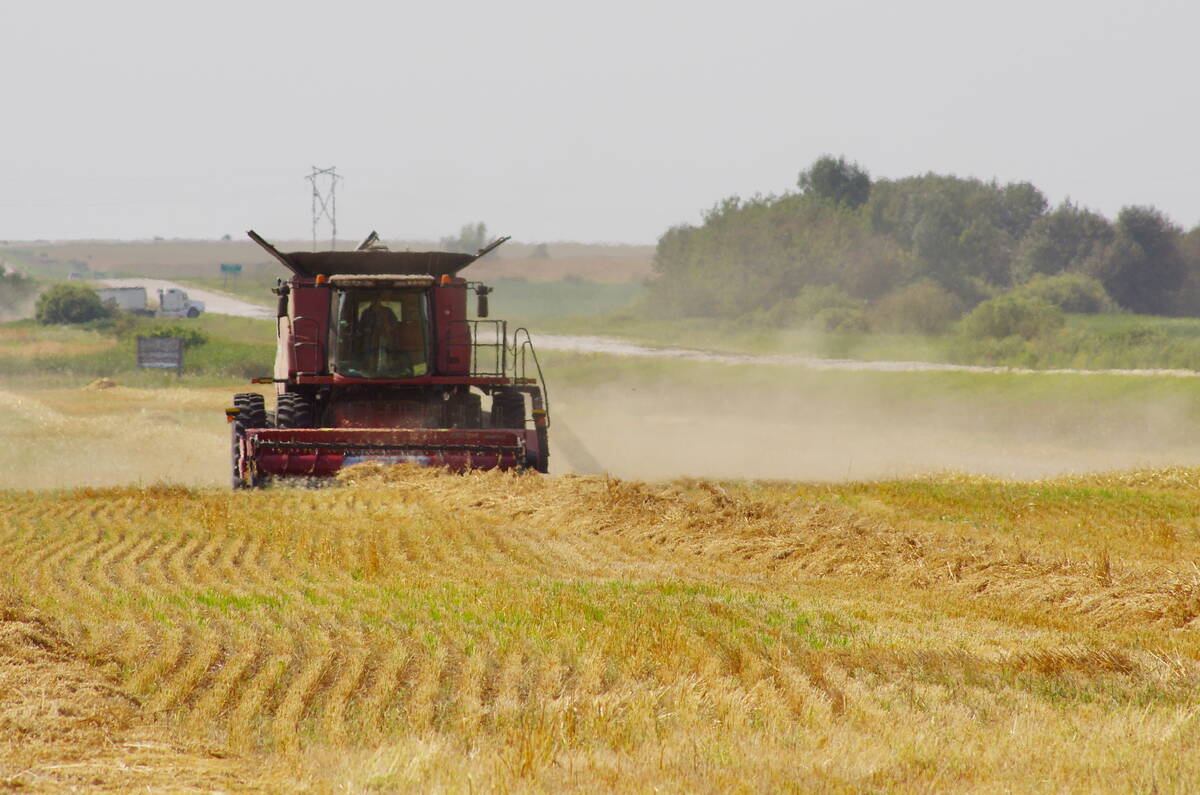FCC says land prices rose last year by 14.2 percent in Saskatchewan, 11.2 percent in Manitoba and 10 percent in Alberta
A wise man once said nothing is certain in life, except death and taxes.
Perhaps, he should have added rising farmland values to the list.
Earlier this week, Canada’s largest farm lender Farm Credit Canada confirmed that the average value of productive Canadian dirt is on the rise again.
In its annual Farmland Values Report published March 13, FCC said the average value of cultivated Canadian farmland increased by 12.8 percent in 2022.
Read Also

Herbicide resistance sprouts in Manitoba’s wild oats
Farmers across Manitoba this fall are gearing up for the latest salvo in what, for many, has become a longtime battle to beat out wild oats.
The 2022 valuation represents the largest year-over-year increase since 2014 and follows gains of 8.3 percent in 2021 and 5.4 percent in 2020.
For the Prairies, the 2022 increases were 14.2 percent in Saskatchewan, 11.2 percent in Manitoba and 10 percent in Alberta, FCC data suggested.
FCC has been monitoring land values across Canada for 38 years and has not seen a decrease in average Canadian farmland prices since 1992.
Over the past 30 years, average increases in Canadian farmland values, compounded year over year, are equivalent to an 850 percent overall increase, meaning a parcel of farmland valued at $100,000 in 1991 would be worth about $950,000 in 2022.
In a March 9 conference call, FCC vice-president and chief economist J.P. Gervais said he was surprised by the overall rate of increase, given current economic conditions.
“I was a bit surprised to see (a 12.8 percent increase) being the result this year,” he said.
“I would have expected that perhaps high input costs and higher interest rates would have slowed the demand for land a little bit and perhaps resulted in an increase that would not have been as high as 12.8 percent….”
Higher interest rates that took effect in 2022 might take time to influence buying decisions, he added.
“I think we’re starting to see a little bit of a slowdown in the rate of (farmland value) increase… and I think that speaks to the higher interest rates that we’ve seen in the marketplace in the second half of 2022.”
But overall, demand for farmland among farmers and non-farmer investors remains strong and supplies of farmland available for sale remain “very tight,” he said.
The impact of rising farm revenues is another important driver of farmland values.
According to figures released recently by Statistics Canada, gross incomes for Canadian grain and oilseed farmers rose by 18.3 percent in 2022.
That number was influenced by a rebound in average yields compared to 2021 and strong commodity prices.
“The net result of all of this, (there) appears to be very strong demand still and I think that speaks to the positive growth and outlook for agriculture…,” Gervais said.
“On the supply side, well, the (amount of) farmland available for sale is still very limited.”
In the prairie provinces, Gervais said farmland valuations are likely to continue on an upward trend in 2023, although he hinted that the pace of farmland valuation increases is likely to slow in the months ahead.
On a region by region basis, the rate of increase is likely to vary, based on crop yields.
In drought-affected areas where yields are challenged, for example, demand for additional farmland may not be as strong as it is in areas that see good moisture, higher yields and stronger revenue growth.
In areas that had average or above average yields last year, competition for available farmland was very strong, the FCC report suggested.
In those areas, farmers are looking further afield to expand their land base and grow their operations, Gervais said.
“The fact is that when there is land available (in those areas), the competition is very fierce.
“And it doesn’t take too many operations looking at the same parcel of land to actually generate quite a bit of competition.”


















